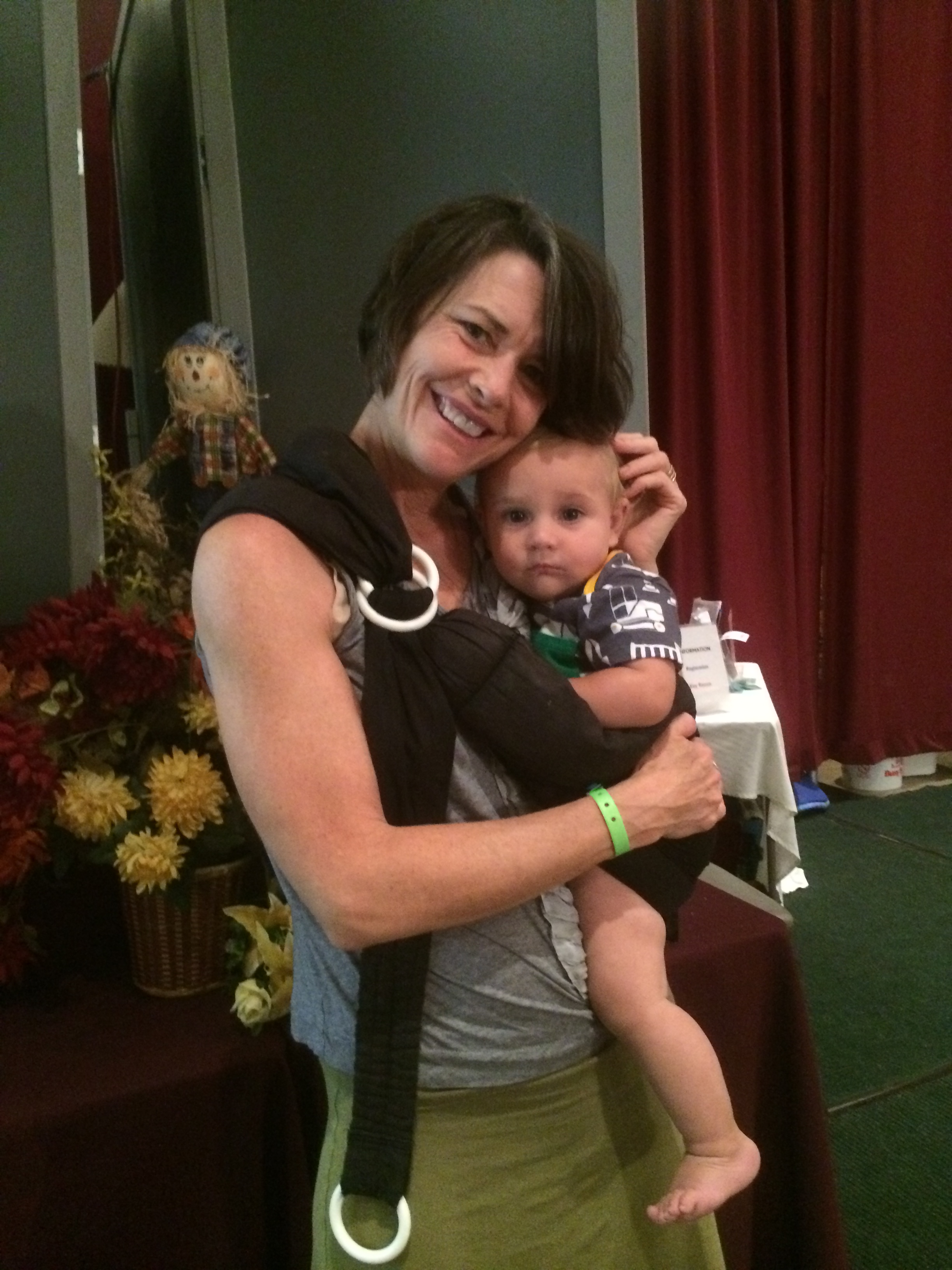When COVID-19 emergency school closures began, like most moms, one of the first things that came to mind was my children’s education (and where to find toilet paper!). When the dust settled (and the toilet paper was well-stocked), virtual learning became the “norm.” It became clear that even when the big problem-solving “opportunities” were sorted out, like the schools getting up and running with online classes, there were so many smaller problem-solving opportunities – like teaching my kindergarten-age child how to use a computer mouse or helping my teenager get organized. In addition to the problem-solving we have to do as COVID-era parents, those with children who need special education services, like my own children, have additional hurdles to overcome like learning how to implement learning accommodations in the home. If you are like me, you may have run into more than a few of these “opportunities” to problem solve with your students. Here are some of my lessons learned that you might find helpful when problem-solving special education related needs with virtual learning:
- You don’t have to reinvent the wheel. Even though this is new territory for all of us (teachers, kids, and parents alike), you know your child well and there might be some good ideas in their Individualized Education Program (IEP). Take a look at how they are typically supported or accommodated at school and determine how that may be transferable to home. For example: If your child usually has planned breaks in their day written into their IEP and you are racking your mind for how to help your child focus during class, bingo! They may really benefit from having those planned breaks in their day to help with sustained attention. Discuss potential times for breaks with your IEP team or your child’s teacher (so they can be sure to transition them back into the activity) and make a plan for their breaks (such as using timers, break area). Go through each support in their IEP and see if there is a way to “hack it” and make it work at home.
- It takes a village. Remember, you are not alone in this. Your child has teachers, possibly service providers (physical therapist, occupational therapist, school counselor). Utilize your “village” to get ideas and resources for help. If you need help with creating a reinforcement chart (which may also be in their IEP), or a daily schedule, ask your child’s teachers, therapist or school counselor for some help. They may be willing to brainstorm with you and may have those resources on-hand. Also, as schools are navigating the way back into in-person learning, some schools are offering in-person special education services such as occupational or speech therapies. Ask about availability in your school, if you find that virtual services have been difficult to manage.
- There is a time and a place. Try to create a school-day like structure for your child, with a “beginning of the school day” ritual and “end of the school day” ritual. For example, at the end of the day, help your child with putting away their materials for the day the same way they may have “put their backpack up” when they would get home from school. Have a designated homework time, the same way you may have in the past. This structure helps your child end their school day and your workday as a virtual learning facilitator.
- Not everything that shines is gold. Like many, I found myself preparing for the school year with ambitions for a Pinterest-worthy learning space for my children. Eventually, reality hit! Much like when the kids were little and preferred a spatula or a box to play with over an expensive toy, the kids landed in spots in the house that were more comfortable and made the most sense for their workflow. Sure, sitting on the carpet doesn’t make for an inspirational Pinterest picture, but the children are comfortable, distractions are minimized and learning is optimized. Find what works best and it is ok if it isn’t picture perfect. Find your home version of preferential seating.
- Coping with Change. This has been a really big transition for parents, teachers and children alike. It was an unexpected change and just as we settle into a routine, a new change pops up. Transition can be a difficult thing for children. Sometimes, help with transitions is a strategy written into a behavioral intervention plan or IEP. Talk with your IEP about your child’s emotional and behavioral needs during virtual learning and how you may be able to support them at home. Do not hesitate to let your contact at the school know your child may need access to social-emotional support, even if it is not already written into an IEP or 504 Plan. Many schools have noticed the increased need for social-emotional support and have social workers, school counselors or school psychologists available to talk with your child virtually. If you find yourself also needing some emotional support, many school districts have social workers who are skilled at finding resources for all kinds of services, including psychological services.
Always the optimist, I have to tell you it was a challenge finding the silver lining, but I am certain there are a few reasons to be grateful. As parents of children with special education services, we are getting a look into our children’s education that we may have never seen and that will only make us better advocates and more knowledgeable. Also, our children are learning new skills as virtual learners that no other generation of children have learned before. And we are all certainly becoming better problem-solvers!






Comments